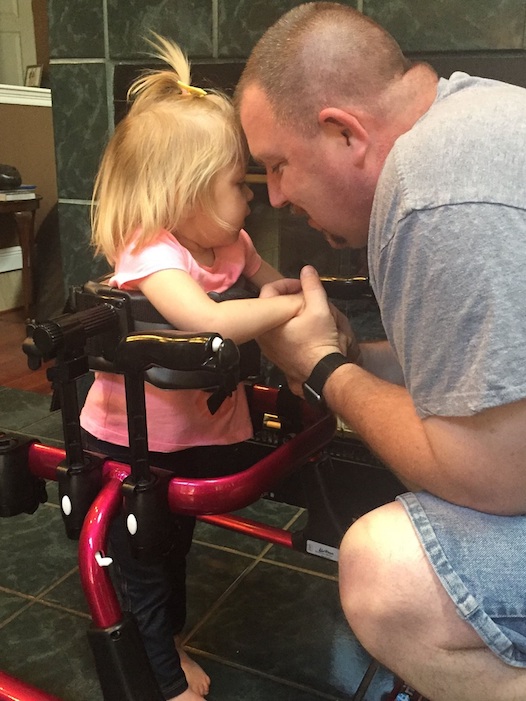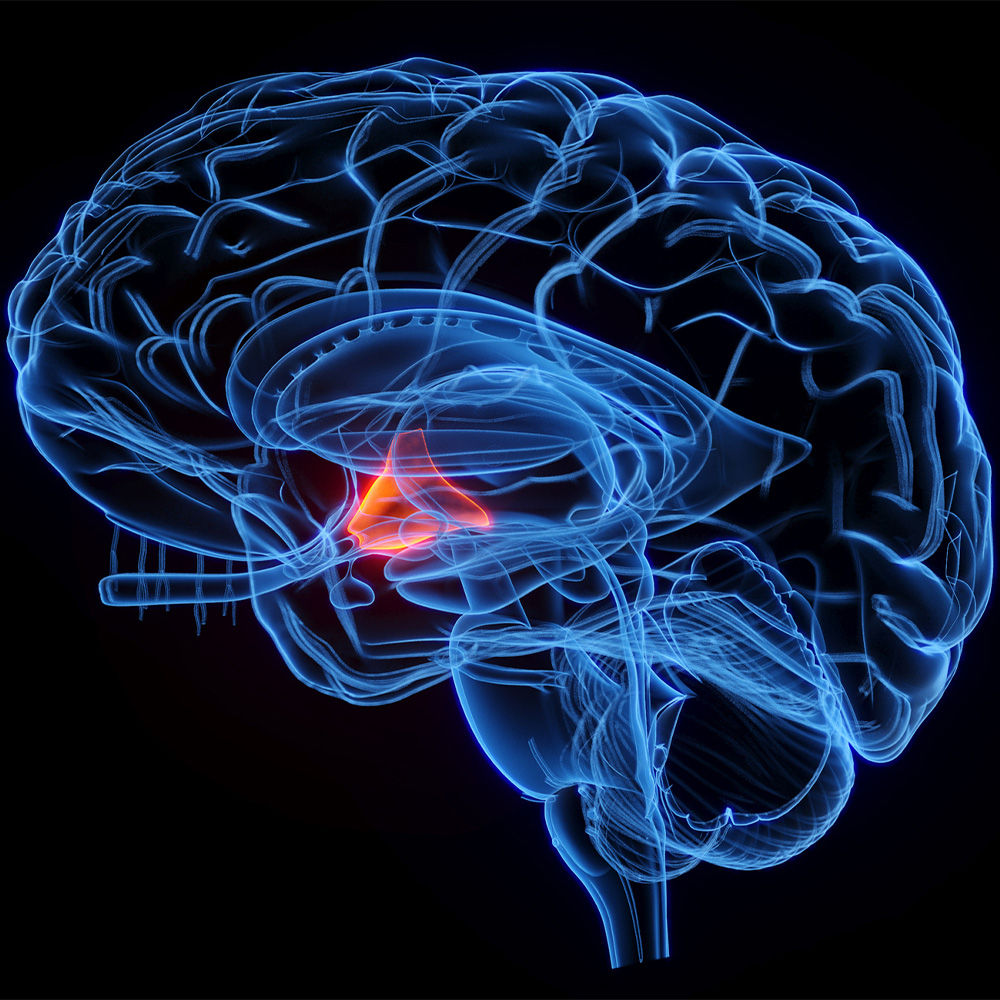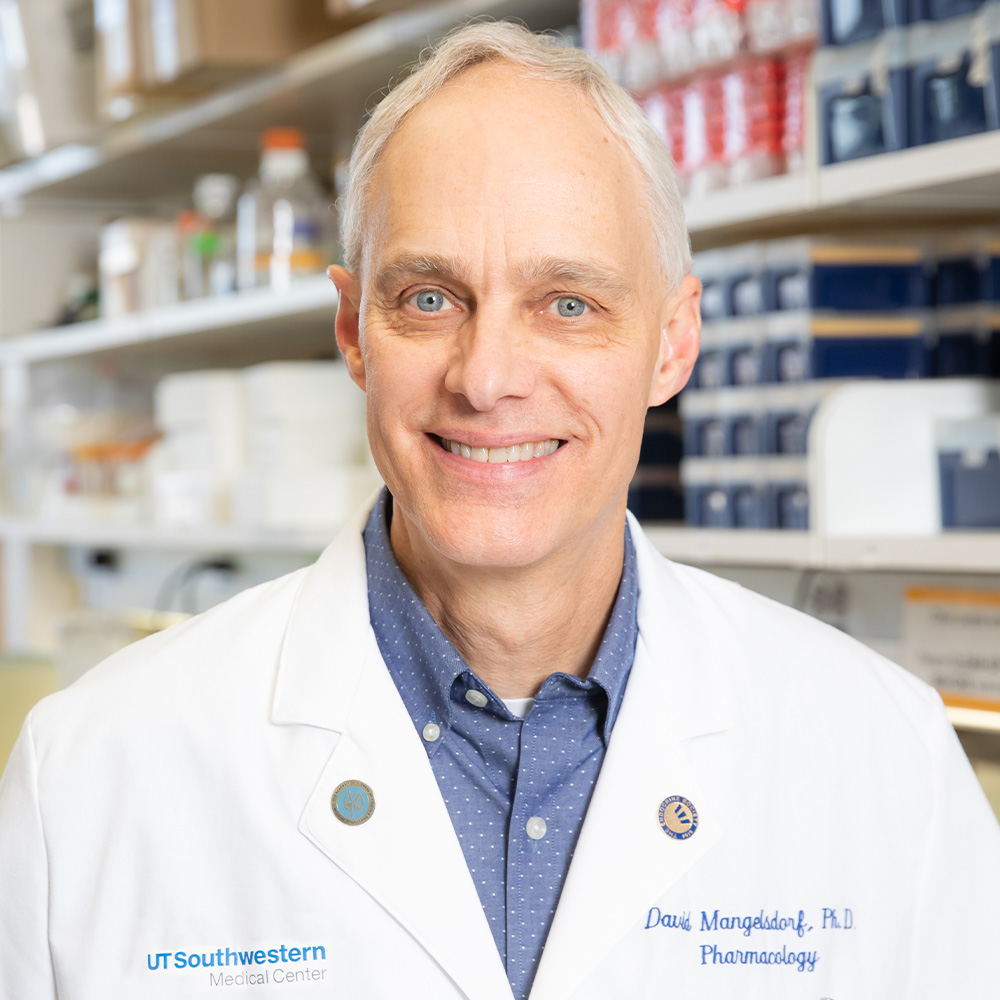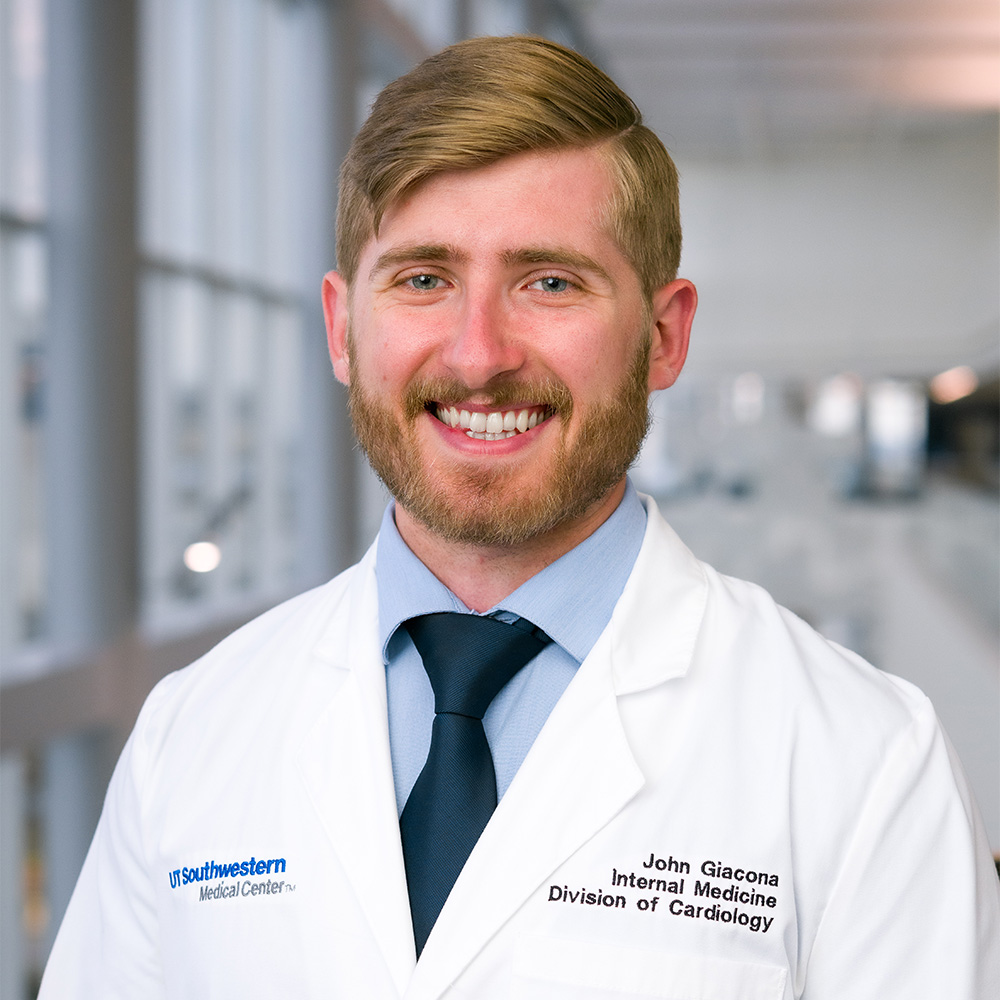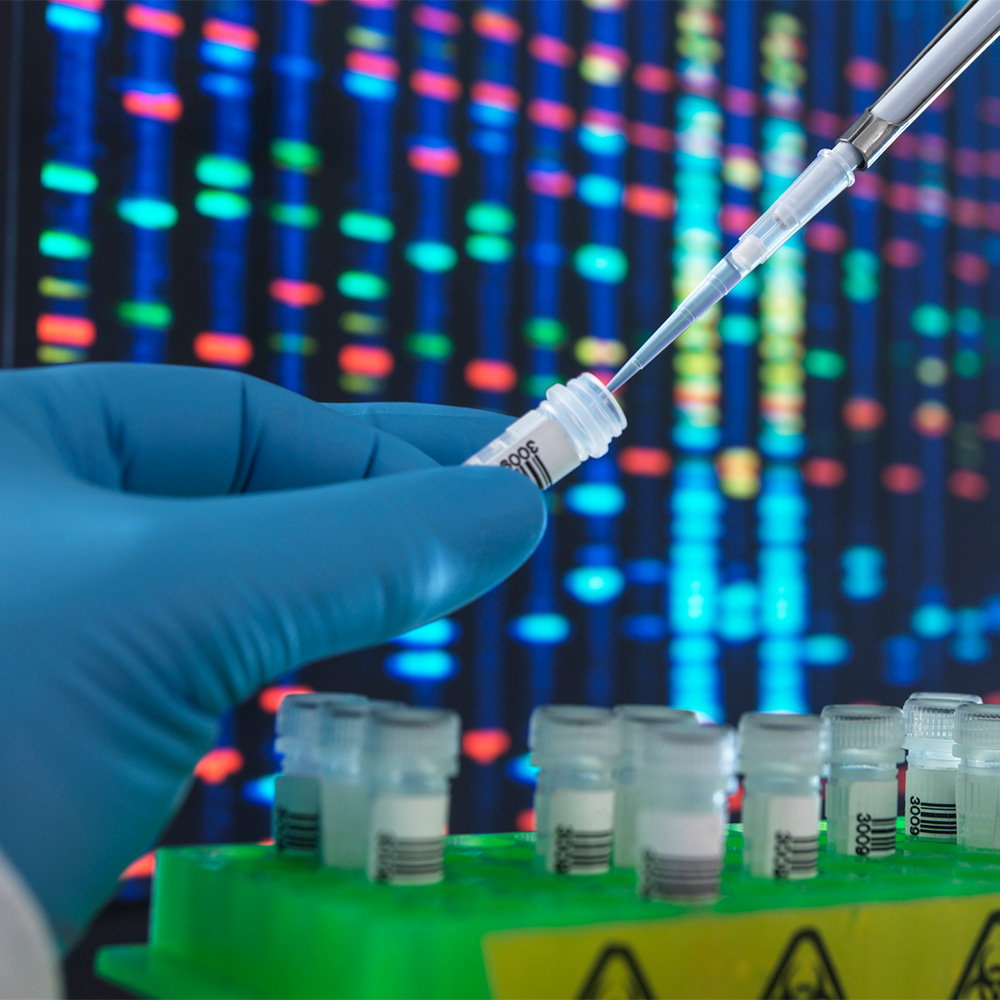Willow’s strength: Parents work with UTSW to save daughter from deadly metabolic disease
DALLAS – Sept. 20, 2018 – A plastic blue slide sits in a corner of Willow Cannan’s backyard. Her parents remember how she used to rush up its ladder and glide down, beaming from excitement as she reached the ground.
But Willow no longer uses the slide. The 5-year-old can’t walk or crawl. She can’t hold herself up. She needs a feeding tube because she lacks the strength to swallow.
Her parents have watched in agony as a rare genetic disease has wiped out much of Willow’s nervous system within the last two years. The steady demise has reminded them daily of the heart-wrenching advice from doctors who diagnosed Willow: Prepare for the end; no treatment exists for her deadly condition.
Yet, the family still keeps her slide outside their Mississippi home, a symbol of their belief that Willow can still be saved.
“We can’t let go of the slide,” says her mother, Amber Olsen. “We still hope she’ll be able to use it again.”
The family’s hope for Willow stems from a gene therapy center at UT Southwestern Medical Center where leading experts are engineering innovative treatments for some of the world’s rarest brain diseases. By inserting genes missing from patients’ DNA, scientists are looking to develop life-saving treatments for millions of children who collectively suffer from rare genetic conditions that have been largely overlooked by the medical field.
Willow’s condition – multiple sulfatase deficiency – is among the fastest-moving diseases the gene therapy center is working to solve. MSD is an inherited metabolic disorder caused by a gene mutation that prevents the body from filtering cellular waste. The waste builds up in the brain and throughout the body, causing rapid loss of cognition and motor skills.
Many MSD patients die by age 10.
“These kids really go downhill fast,” says Dr. Steven Gray, who has pioneered gene therapies for several rare diseases. “You can’t have many situations where it’s more urgent than it is for Willow.”
Dr. Gray is working with Willow’s family to research MSD and get government approval to start a clinical trial. But the entire process is lengthy and expensive – often requiring several million dollars to cover both the animal research to show the therapy’s potential and the clinical phase involving patients.
Willow’s parents have started the United MSD Foundation to help fund the effort and still hold onto hope that a treatment can be approved in time to save their daughter.
The ordeal has taken an emotional toll on the entire family, including Willow’s two older sisters, who not long ago needed to keep a close eye on their sibling. Their once precocious baby sister, who would run to their rooms and get into their belongings, is now confined to her specialty chair.
“If she was still walking she’d be into everything,” says Olsen, prompting a nod of agreement from her husband, Tom Cannan, sitting next to her with Willow wiggling in his lap.
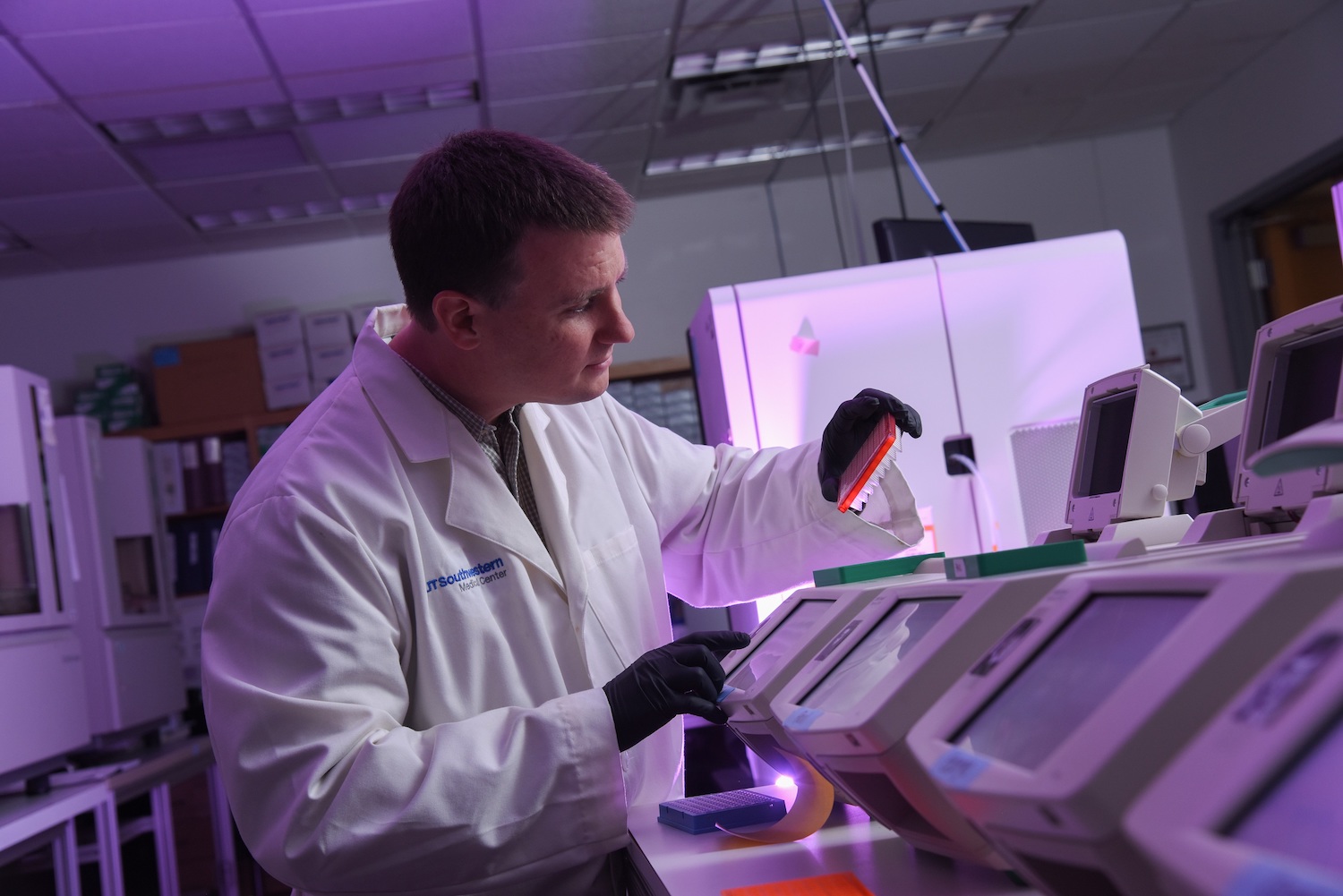
Olsen wipes away tears as she describes her daughter’s former favorite activities – playing with her toy kitchen, swimming at the beach, using her slide. She says they’ve gone into “fight mode” against the grim prognosis they received in May 2016. They refuse to give up their quest for a therapy that will allow Willow to experience these simple joys again.
“Willow is a good name for her,” Cannan says, his voice breaking with emotion. “It means strength. The strength of a willow tree.”
Dr. Gray is Associate Professor of Pediatrics, Molecular Biology, and Neurology & Neurotherapeutics. He works with UT Southwestern’s Peter O’Donnell Jr. Brain Institute, the Eugene McDermott Center for Human Growth and Development, and the Hamon Center for Regenerative Science and Medicine.
The United MSD Foundation helps support research by Dr. Gray and the UT Southwestern gene therapy center.
About UT Southwestern Medical Center
UT Southwestern, one of the premier academic medical centers in the nation, integrates pioneering biomedical research with exceptional clinical care and education. The institution’s faculty has received six Nobel Prizes, and includes 22 members of the National Academy of Sciences, 16 members of the National Academy of Medicine, and 15 Howard Hughes Medical Institute Investigators. The faculty of more than 2,700 is responsible for groundbreaking medical advances and is committed to translating science-driven research quickly to new clinical treatments. UT Southwestern physicians provide care in about 80 specialties to more than 105,000 hospitalized patients, nearly 370,000 emergency room cases, and oversee approximately 2.4 million outpatient visits a year.




